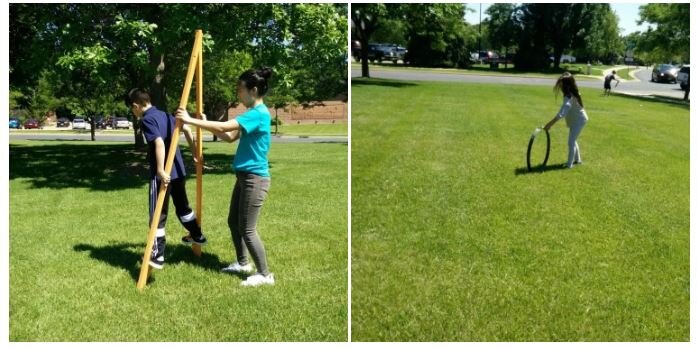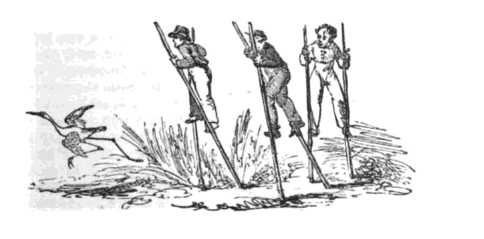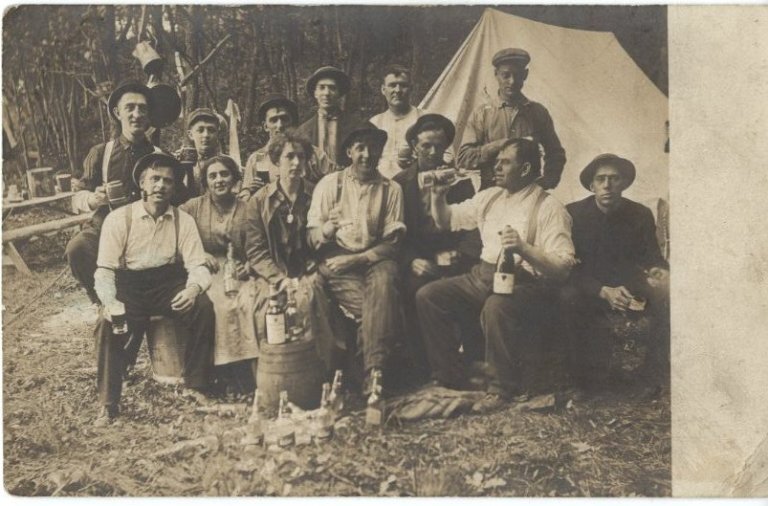I had a professor in school who imparted an idea to me that strikes at the heart of what museums do. He said “Artifacts, books, papers, all of them are the home for memories. Like a character in a cartoon has a thought bubble, so too do objects. Their thoughts are of the stories they hold.” What a wonderful way to look at objects, and I have always continued to look at objects that way. Every item in our collection is “thinking” of its part, and the stories it can share. Our role as a museum and a keeper of these artifacts is to put those thoughts into view.
We recently held our first of what will hopefully be several History Story Shares. The goal of this program is two-fold: First, it allows people to share the stories of their treasures without having to say goodbye to them. Second, it allows us to hear, share, and collect more history about our county than we would through donated items alone. Everyone has something personal to them, an heirloom, a lucky pair of shoes, something; and each of those somethings have a story to them. We want those stories, its those pieces of the past that help us tell the future about today.
In thinking more and more about the stories within an item, I am reminded of the idea that where we have been tells us where we are going. Looking at a rotary phone and comparing it to a cell phone is a story in itself. Its a legacy, and that is what museums and history are meant to do, preserve the legacy of us, people. Our past, and future, are tied up in how we got from A to B and that journey is the story of history and it is contained in the old rocking chairs, heirloom lockets, and tiny keepsakes that many of us have but seldom reflect on.
We hope that in the coming months we can do more story shares across the county, and hope to see and hear stories from all over. If you have an item with a great story, consider stopping by the museum and sharing it with us.











